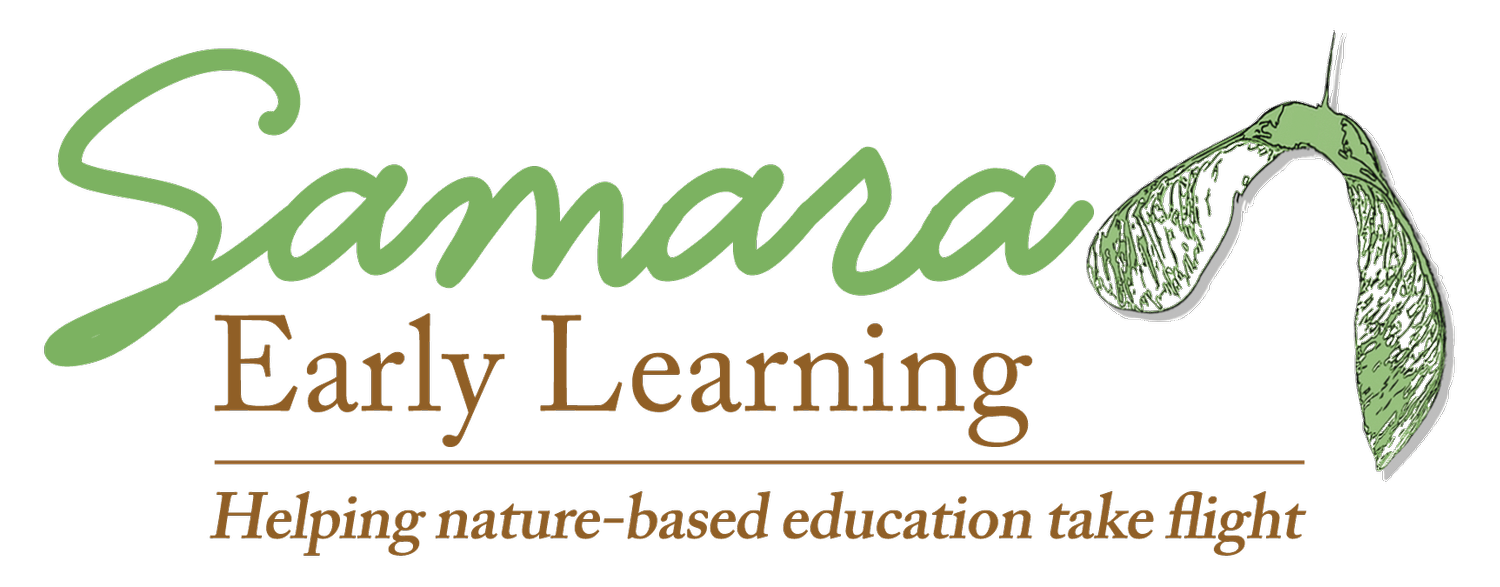It's science too!
This post originally appeared in Dr. Rachel A. Larimore’s weekly Samara newsletter on June 11, 2024. If you’re interested in receiving these emails, scroll to the bottom of this page to subscribe.
The planetarium checkout clerk looked at my sweatshirt and said, “Illinois Natural History Survey? What do they survey?”
A little surprised by the question I said simply, “The natural history of Illinois.”
“What’s that?”
“The plants and animals of the state.”
Finally I realized he wasn’t messing with me, but was truly curious. I elaborated that natural history is a form of science that focuses on observation of the natural world. It’s part of the natural sciences unlike physical or earth sciences.
I was very surprised by the conversation because I was expecting (my own biases at work!) someone at a planetarium to know about the different realms of science. The moment also reminded me that often natural history is the underappreciated or less glamorous science. Naturalists are the underappreciated scientists.
And yet natural history is so tangible! It’s in our face all the time. We can see it, touch it, hear it. This is especially true in nature-based education settings!
Observing the plants, fungi, and animals in the world around us is a core component of the science that happens in nature-based classrooms.
Children are being naturalists when they notice the bird is flying back and forth from the bird feeder to the nearby branch. They’re being naturalists when they say, “Woah! There aren’t any worms under this log, but there were tons under that one!”
All of these observations are them noticing patterns in the world around them. They’re asking questions, investigating, analyzing data, using math, engaging in arguments from evidence, and so much more. These are all science and engineering practices or the doing of science.
In other words, natural history is important science. Natural history is the science children are engaging with every day in nature-based programs!
If you’re interested in learning more about young children, science and engineering practices, and play, check out the project I’m part of with Bowdoin College and Maine Math and Science Alliance. This National Science Foundation project is exploring how preschoolers and kindergartners engage in science and engineering practices through play. Here is a recent article about my involvement with the project.
Keep changing lives,
Rachel
Rachel A. Larimore, Ph.D., Chief Visionary of Samara Learning

